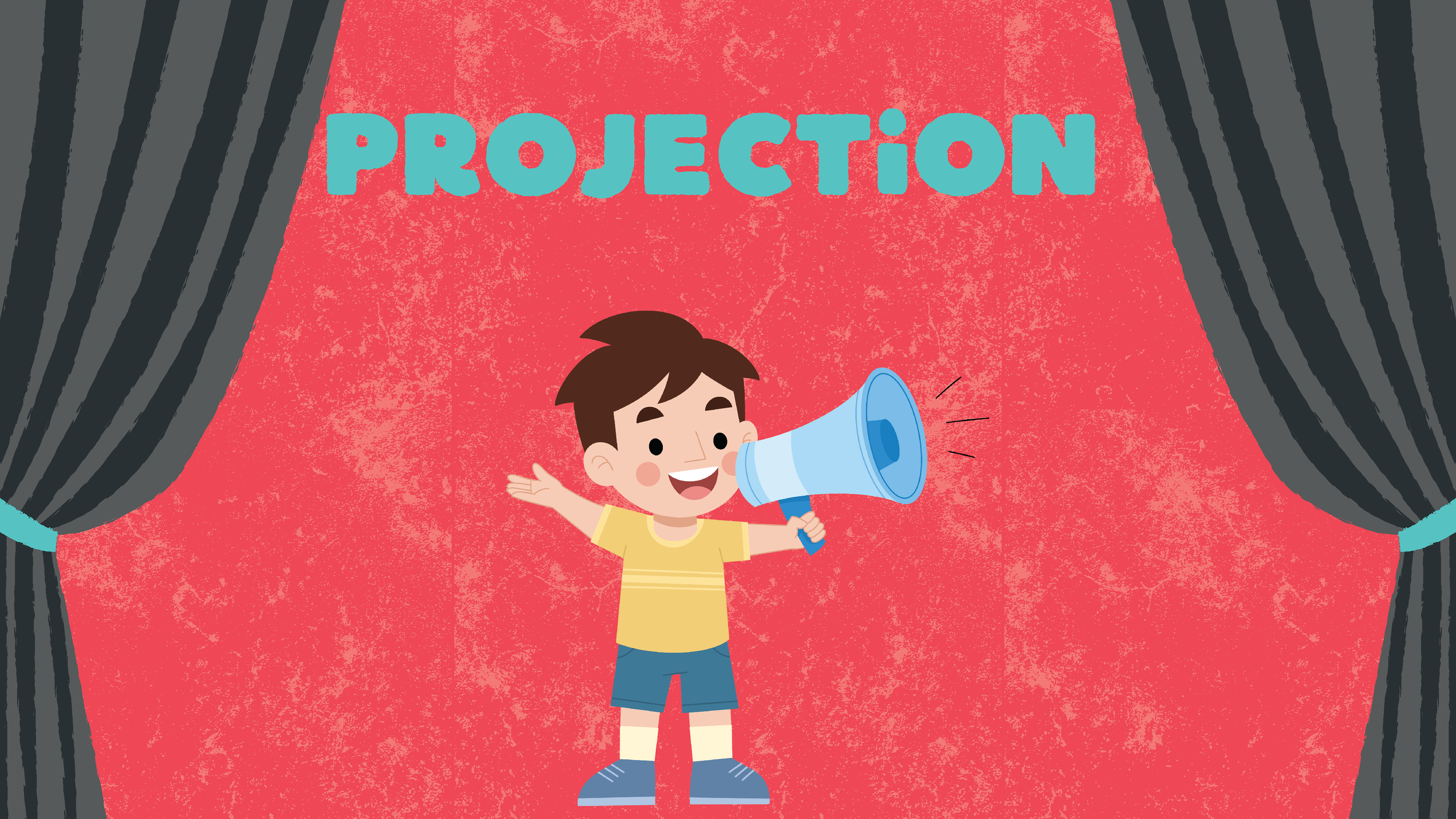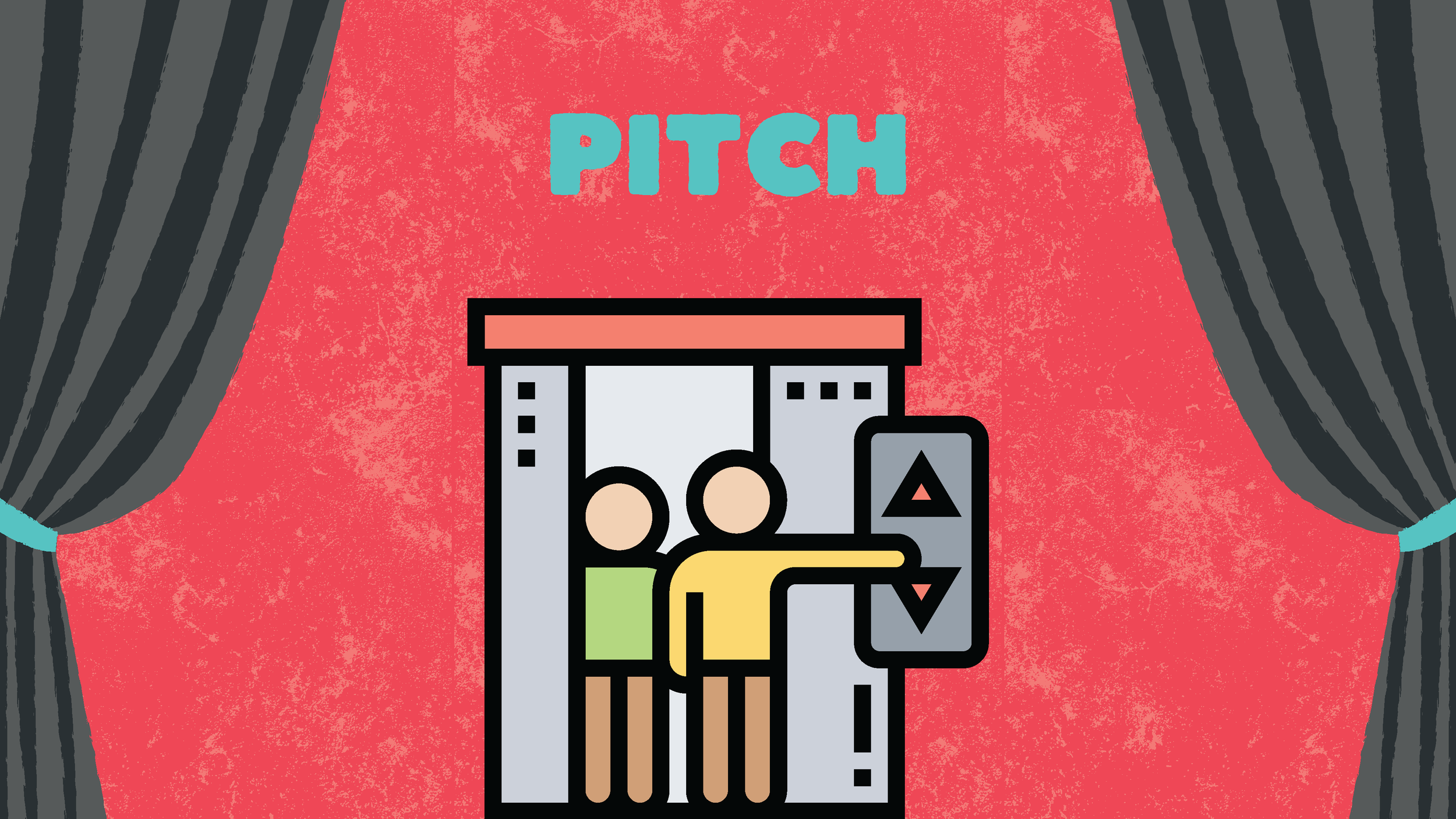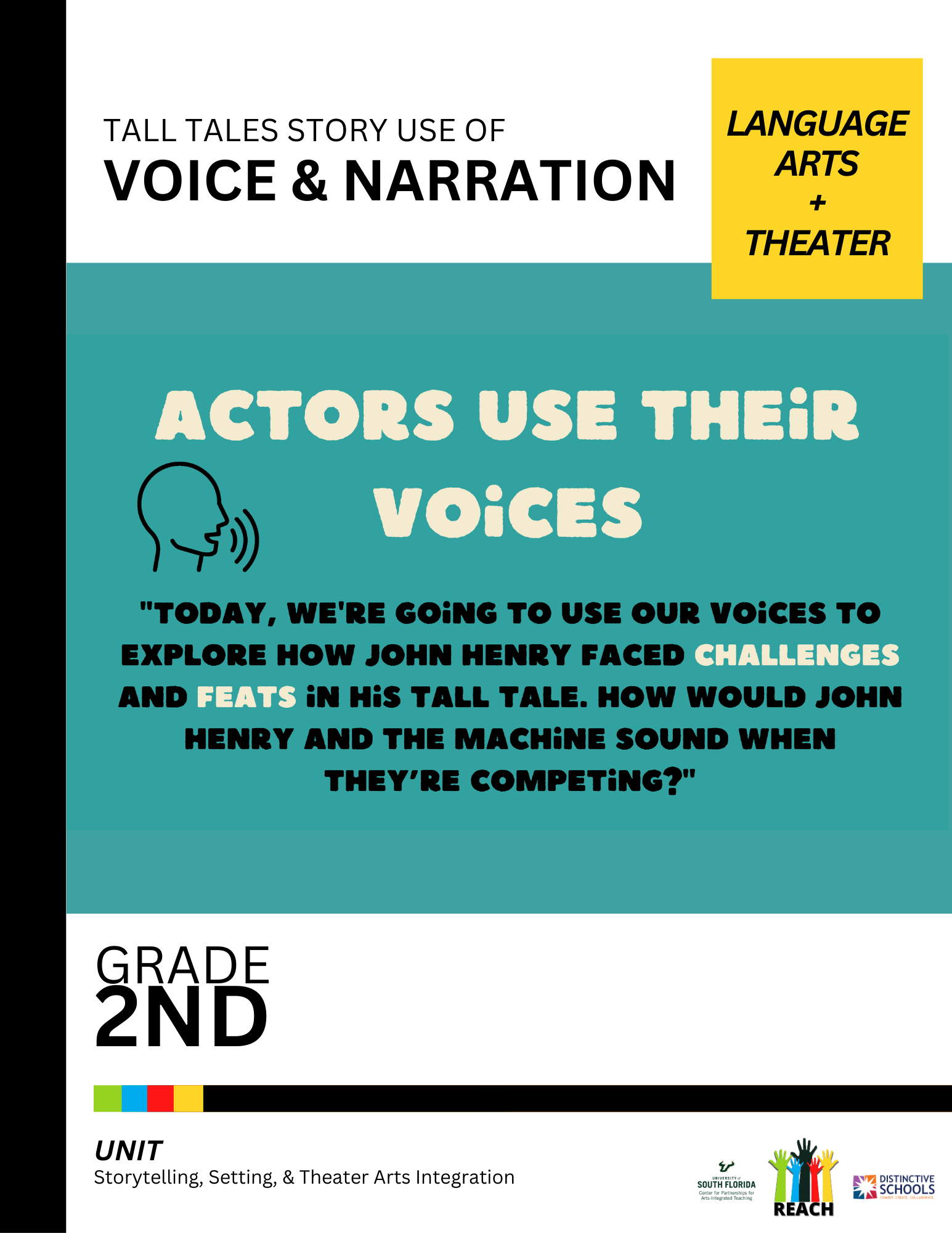Tall Tales Story Use of Voice and Narration
Storytelling, Setting, and Theater Arts Integration
2nd Grade • English Language Arts (ELA) & Theater
Lesson Overview: This lesson integrates language arts and theater arts to explore the creative world of tall tales. Students will use the "Story Spine" framework to develop concise story outlines and transform them into dynamic sneak preview presentations. Throughout the lesson, students will write and polish their preview scripts while learning how to craft compelling introductions for their narrations. A key focus will be placed on helping students discover how actors use their voices effectively to bring stories to life through narration. This hands-on approach allows students to develop both their writing and performance skills simultaneously.
Learning Objectives | Students Will:
Showcase the sneak previews to an audience.
Reflect on the learning journey and the skills developed throughout the project.
Celebrate the achievements and progress made by all students.
Lesson Process: In this focused lesson, students deepen their grasp of essential storytelling elements by examining how setting, characters, and plot work together to craft engaging narratives. They apply this knowledge directly as they write and refine their sneak preview scripts, with special attention to creating captivating introductions. Through guided practice, students develop their narrative delivery skills, learning to use vocal techniques like tone, pacing, and projection to bring their stories to life. This integrated approach helps students become both skilled writers and confident storytellers.
Time Required:
60 minutes
Materials List:
Copies of script drafts
Open space for vocal exercises
Slides with visuals
Assessment :
Assessment includes observation of student participation and engagement, and a partial Story Spine activity.
The content teacher will use Partial Story Spine (Fairy Tale or Tall Tall) and observation of participation.
The teaching artist will use Observation: observe students' participation and engagement in all activities noticing how they construct their understanding.
Alternative system of assessment is developed to measure not only subject matter achievement and arts learning’.



Lesson
Activities & Instructions
The Activities & Instructions section provides a structured sequence of learning experiences, guiding educators through engaging, interactive lessons.
Lesson Activities
-
Greet students and provide a brief recap of what they have accomplished in their sneak preview projects so far.
Complete the scripts for their sneak
previews.
Develop and practice an introduction for their sneak preview narration.
Practice how actors use their voice to
narrate a story.
-
Lead students through a series of vocal warm-up exercises focusing on projection, clarity, and expression. This will prepare them for delivering their introductions with confidence.
Projection Exercise: Start with breathing exercises to support strong voice projection. Have students practice projecting their voices across the room while speaking clearly and with energy.
Expression Exercise: Introduce a simple phrase, and ask students to repeat it with different emotional tones (e.g., excited, sad, angry, surprised) to explore how expression changes the delivery.
-
Divide students into small groups to collaborate on writing their sneak preview script.
The teaching artist and classroom teacher circulate among the groups, providing guidance and feedback on their drafts.
-
Have each group rehearse their introductions, focusing on clear and expressive narration.
Encourage students to apply the voice projection and expression techniques learned in the warm-up exercises.
Provide constructive feedback to help students refine their delivery, ensuring they use their voices effectively to enhance their storytelling.
-
Recap the day’s activities and emphasize the importance of a strong introduction and effective voice use in storytelling.
Inform students about what they will be working on in the next lesson, such as developing the next part of their sneak preview.
NATIONAL CORE ARTS STANDARDS
-
Anchor Standard 1
Generate and conceptualize artistic ideas and work.Anchor Standard 2
Organize and develop artistic ideas and work. -
Anchor Standard 5
Develop and refine artistic work for presentation.Anchor Standard 6
Convey meaning through the presentation of artistic work.
Success Criteria
Students successfully present their sneak previews to an audience, demonstrating clarity, expression, and confidence.
Students engage in reflective discussions, articulating what they learned and how they grew during the project.
Students participate in the celebration of their and their peers' achievements, recognizing their efforts and progress.
Key Themes & Ideas:
Story Structure and Tall Tales: The core academic goal is for students to understand story elements and use the Story Spine structure to create a "sneak preview" of a tall tale:
Students will integrate theater techniques to allow students to express their individual perspectives.
Students will make connections between tall tales and their backgrounds and/or experiences.
Arts Integration: The lesson integrates theater techniques into a language arts curriculum. The goal is to use the arts to enhance students' understanding and expression, particularly in the areas of narration and storytelling to allow students to express their individual perspectives.
Focus on Voice and Narration: The core of the lesson revolves around students developing and practicing their narration skills. This includes script writing, introductions, voice projection, and expressive delivery. The plan expects students to "Develop and practice an introduction for their sneak preview narration" and to "practice how actors use their voice to narrate a story.
Connections and Team Building: Students are encouraged to make connections between the tall tales/fairy tales and their own experiences; thus, empower students to express their individual perspectives.
Accessibility: The lesson incorporates several accessibility measures for learners. For ELL students, Spanish translation is provided by the teaching artist. For ESE students, visuals and individual support are offered. More generally, accessibility is enhanced through modeling and visuals for all students. The teacher and teaching artist identify specific curricular models related to ELL and Accessibility.
Collaborative Teaching: This lesson plan is a product of collaboration between a classroom teacher and a teaching artist. This collaborative approach allows for a blending of expertise in both content and artistic disciplines, specifically identifying the teachers’ and teaching artists’ roles in developing arts integrated teaching units.
Content Teacher Key Themes & Ideas
Guided Practice: Students are prompted to make connections to the vocabulary as they finish working on their Tall Tale or Fairy Tale Scripts.
Teaching Artist Key Themes & Ideas:
Modeling - Demonstrate Exaggeration: Help students understand how to make their performances larger than life.
Modeling - Side Coaching: Guide observation by prompting students to notice body language and exaggerated movements.
– REACH –
Thank you to our Educators, Artists, and Collaborators.
School: Rowlett Elementary
Teacher: Theresa Kauffman
Teaching Artist: Maria Schaedler-Luera
Arts Organization: Atomica Arts
-
Resource 1: link

